Elizabeth and Philip: the love story that began and ended behind closed doors
A secret engagement began a love story that would always be conducted behind closed doors.

It was a glance from a princess to a wedding usher that first alerted the British press to a love affair that had, so far, been played out in secret.
Prince Philip of Greece, usher at the October 1946 wedding of Patricia Mountbatten to Lord Brabourne, was escorting the royal family from their car into Romsey Abbey when Princess Elizabeth turned to remove her fur coat. The cameras caught the look between the pair; “I think people thought ‘Aha! At that point,” Patricia Mountbatten would say later.
But what the press could not know was that the couple had already been engaged for two months, after Philip proposed at Balmoral and was immediately accepted by Elizabeth, who did not even bother to consult her parents first.
The secrecy at the time was of necessity; Elizabeth’s father King George had consented to the marriage as long as they kept the engagement quiet until after Elizabeth turned 21, in April 1947.
But in a way it is symbolic of a love that has, through the decades, been conducted behind the doors of the royal palaces, seldom allowed into the glare of public view.

It has been natural for the royal couple to keep their love shielded from public view; neither believe in overt displays of affection and could sometimes appear reserved, even distant from each other.
But in private they were less reticent and from the start their friends saw in the pair not just love but a mutual understanding that would survive for seven decades of marriage. Philip, perhaps surprisingly, was never afraid to articulate his love – at least to immediate family. In one letter to the Princess’s mother Queen Elizabeth, he wondered if he deserved “all the good things which have happened to me, especially to have fallen in love completely and unreservedly.” On the couple’s honeymoon he wrote to his mother-in-law: “Lilibet is the only ‘thing’ in this world which is absolutely real to me. And my ambition is to weld the two of us into a new combined existence … Cherish Lilibet? I wonder if that word is enough to express what is in me.”
Fifty years later, on their golden wedding anniversary, Queen Elizabeth paid a tender and very rare public tribute to her husband, her “strength and stay all these years,” speaking, for the first time, of his “constant love and help” throughout their years together.
In many ways it was an attraction of opposites: the penniless, homeless, stateless young naval officer and the princess already deeply entrenched in royal tradition, surrounded by courtiers and set on her own inexorable path to the throne.
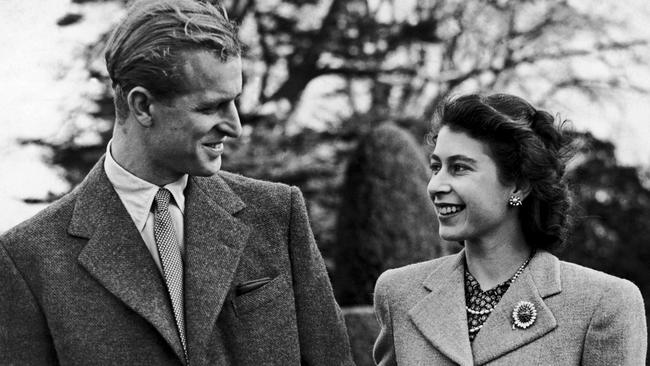
But if Elizabeth fell for Philip’s charisma, energy and irreverence, he saw in the reserved young princess a sweetness and gaiety alongside her devotion to duty.
Patricia Mountbatten, the couple’s mutual cousin, told biographer Sally Bedell Jones; “Philip had a capacity for love which was waiting to be unlocked.”
Elizabeth “would not have been a difficult person to love”, she added. “She was beautiful, amusing and gay.”
Philip first came across Elizabeth at another royal marriage, when she was just eight and he 13. But their first significant meeting came in July 1939, in a meeting engineered by Philip’s ambitious uncle Dickie Mountbatten, who had taken a father figure role in his life. Mountbatten attended the royal family, including then 13-year-old Elizabeth during a visit to the Dartmouth Naval College, where Philip was a cadet; he ensured that Philip was invited aboard the royal yacht and dined with the family.
Philip, then just 17, didn’t seem to appreciate how momentous the meeting would turn out to be. The princesses’ governess Marion Crawford (‘Crawfie’) remembered him as being “rather offhand” toward ‘Lilibet’. “He was quite polite to (Elizabeth) but did not pay her any special attention,” she said later.
But Elizabeth was entranced with the young naval cadet whose blonde good looks she compared with a “Viking god”. Throughout the war, their friendship grew, encouraged by Mountbatten, and they kept up a “cousinly correspondence.”
An early suggestion of how close the two were becoming came in 1941 when Philip’s cousin Alexandra came across him writing a letter to “Lilibet”, which he insisted on finishing when Alexandra wanted to chat.
By Christmas 1943, which Philip spent with the royals at Windsor Castle, Elizabeth had already told “Crawfie” that the then 22 year old naval officer was “the one.” Queen Mary wrote at the time to her friend Mabell, Countess of Airlie that Philip and Elizabeth had “been in love for the past 18 months. In fact longer, I think.”
By 1944 Philip had a picture of Elizabeth in his cabin and those on board knew he was courting the princess.

The couple were married in November 1947; on the morning of the wedding, Philip gave up smoking, an early indicator of how willing he was to please his (soon to be) wife. Although he was an enthusiastic smoker, he knew how much Elizabeth hated her father’s heavy habit and he gave up for her “suddenly and apparently without difficult,” according to his valet, John Dean.
Philip was to give up much more for his Queen: his dynastic name, his nationality, his right to the Greek throne and, painfully, his naval career. But it was losing the right to pass his name on to his children that hurt the most.
When it was decided that the children would take the name Windsor rather than his name, Mountbatten, Philip famously said: “I am the only man in the country not allowed to give his name to his children. I’m nothing but a bloody amoeba.” It wasn’t until Andrew was born that the Privy Council decreed the couple’s children would henceforth be called Mountbatten-Windsor.
Philip gave up these precious marks of self out of duty but also because he cared deeply for Princess Elizabeth, and continued to do so throughout their marriage.
He was hugely defensive of her and unforgiving to those who hurt her.
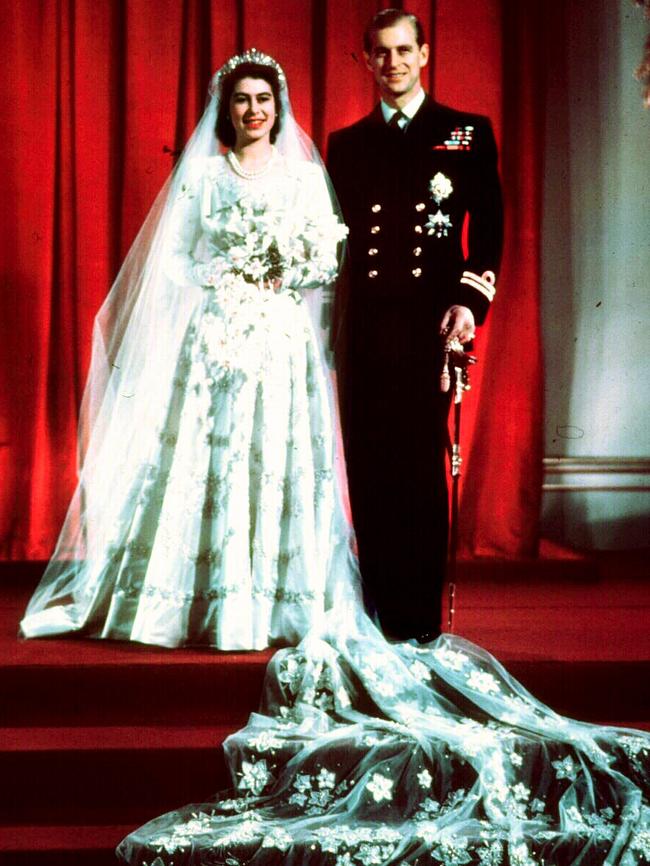
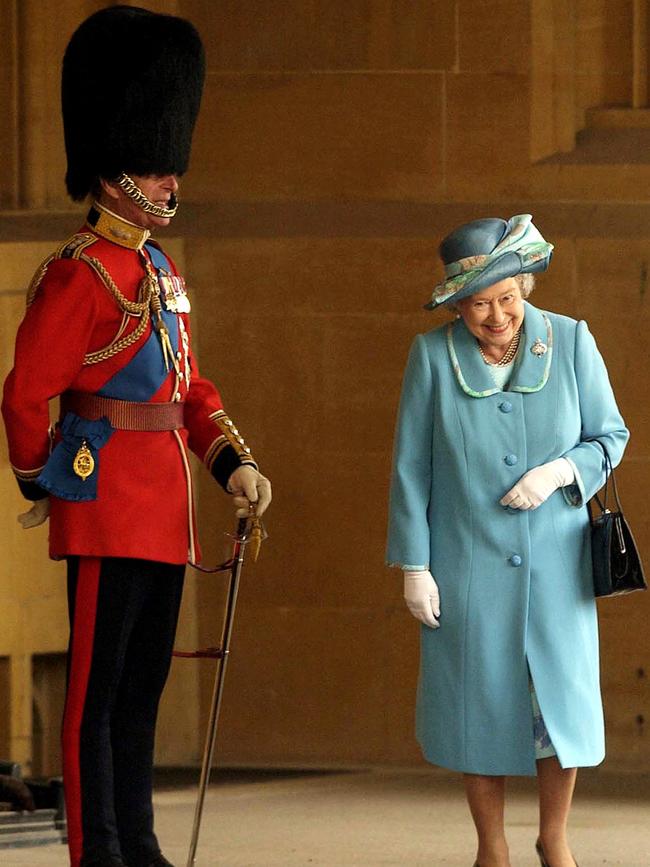
He also helped transform the reserved, seemingly chilly young Queen into the confident, warm monarch with whom the public would fall in love. When she was having difficulty putting people at their ease, the Duke of Edinburgh would stroll up and crack a joke to diffuse the tension – a habit that led to his infamous gaffes but which also endeared him to the British public.
In private, Philip also made the Queen see the lighter side of their structured life; he was often caught by surprised servants chasing the giggling Elizabeth through the palace corridors.
For her part, the Queen was well aware of how much her husband had given up to be her consort and how the brash young man was bullied by the palace courtiers as a foreigner and an outsider.
In private she always deferred to him as the head of the household and sought his advice on matters that were outside her role of head of state.
She frequently asked her advisers to seek her husband’s advice on issues before she made a decision. “Her advisers knew that if her husband was happy with a solution, she probably would be as well,” Bedell Jones wrote in ‘Elizabeth the Queen.’

Philip, a renaissance man, saw the worth of potential technology and encouraged the Queen to embrace it too; it was he who tutored her how to read from an autocue for her first televised speech in 1957.
They were both strong characters, with strong opinions which often led to blazing arguments. Servants at Buckingham Palace grew used to hearing Philip shouting at his wife not to be “so bloody silly.” Yet at times the Queen would go to extraordinary lengths to appease her husband.
Tony Parnell, for 30 years the foreman of her home at Sandringham, recalled a time when Philip’s dressing room badly needed to be repainted. “On Her Majesty’s instruction,” he said, “we had to match the dirty paintwork so he wouldn’t know. I don’t think he ever knew.”
But she also knew how to get her own way. When Queen Juliana of the Netherlands asked her: “What do you do when Philip wants something and you don’t want him to have it?” she replied: “I just tell him he will have it and see that he doesn’t.”
From quite early in their marriage, Philip was haunted by rumours of affairs which have persisted down the decades, but which have been constantly denied, not least by the women allegedly involved. The couple’s cousin Patricia Brabourne, scotching rumours of an affair with her daughter-in-law Penny Romsey who enjoyed carriage driving with Philip, insisted: “He would never behave badly. He has always loved the Queen. He wouldn’t do anything to hurt her.” The Queen’s cousin Pamela Hicks said Philip loved flirting but the Queen “knows it means absolutely nothing.” Biographer Sarah Bradford, who had been one of the few people to consistently insist that Philip had been unfaithful to the Queen throughout their marriage, finally admitted to The Times there was little real evidence. “Through all these troubles they certainly did get closer,” she said. “They are very close. They understand each other.”
The Queen understood her husband’s need for independence and freedom and was willing to give him as much freedom as possible despite the constraints of their life: in her 30s she remarked: “There’s nothing worse than to fence a man in and stop him from doing what he wants.”
Over the decades, the couple often spent time apart, he at Sandringham, she at Balmoral or Windsor. But they spoke every day on the phone and after the deaths of Princess Margaret and the Queen Mother it was Philip who became the Queen’s “emotional touchstone,” as an adviser described him.
Another courtier said, memorably, around the time of the couple’s 60th anniversary: “She still lights up when he walks into the room. She becomes softer, lighter and happier.”
At times their love for each other broke into the public view: not just in anniversary speeches but in more visible ways. In the official photograph taken for their diamond wedding anniversary in 2007, the couple recreated the pose they had taken for a picture during their honeymoon six decades earlier. They ensured they were photographed under the same tree on the Mountbatten estate, and Elizabeth wore the same double strand of pearls and sapphire brooch as she had in 1947. Most recently, in a Zoom call with British health officials earlier this year while Philip was in hospital she paid a subtle tribute to her husband, wearing the Diamond Clematis brooch, which she had worn on the day of their engagement.
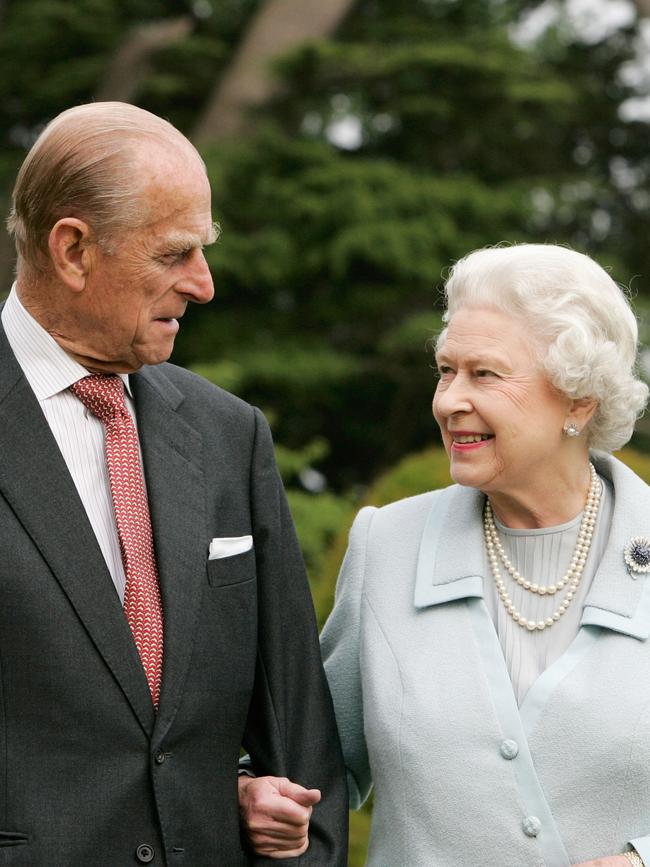
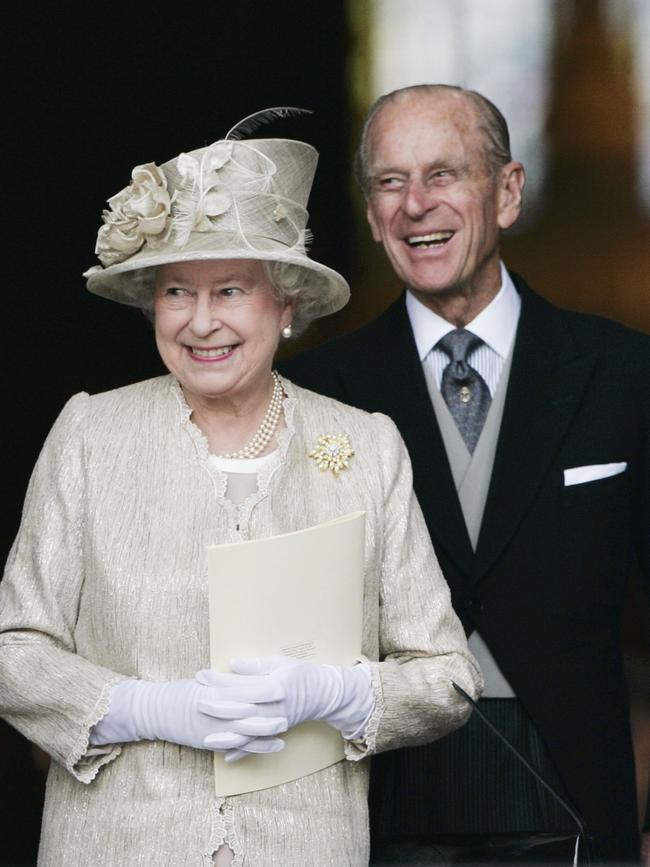
On the weekend of the Queen’s Diamond Jubilee in 2012, after standing stoically alongside the Queen for four hours on the royal barge despite atrocious weather and increasing pain from a bladder infection, Philip was taken into King Edward VII Hospital ‘as a precaution.’. The Queen was heard to tell him: “Don’t die on me. Not yet, anyway.”
It was said facetiously but, royal writer Ingrid Seward recalls, that evening when the Queen arrived without her husband at the Service of Thanksgiving at St Paul’s Cathedral: “She looked very alone.”
At the end, the couple were again alone together, behind closed doors. The prince died with his wife of 73 years at his bedside.
Today the Queen is facing life without her ‘strength and stay’: the man who was one of the few to tell her when she was wrong and who made her giggle like a newly wed even into their 90s. Only those closest to her will know the depth of her grief. She will carry on, because that is what one must do. But it will be a lonelier path.




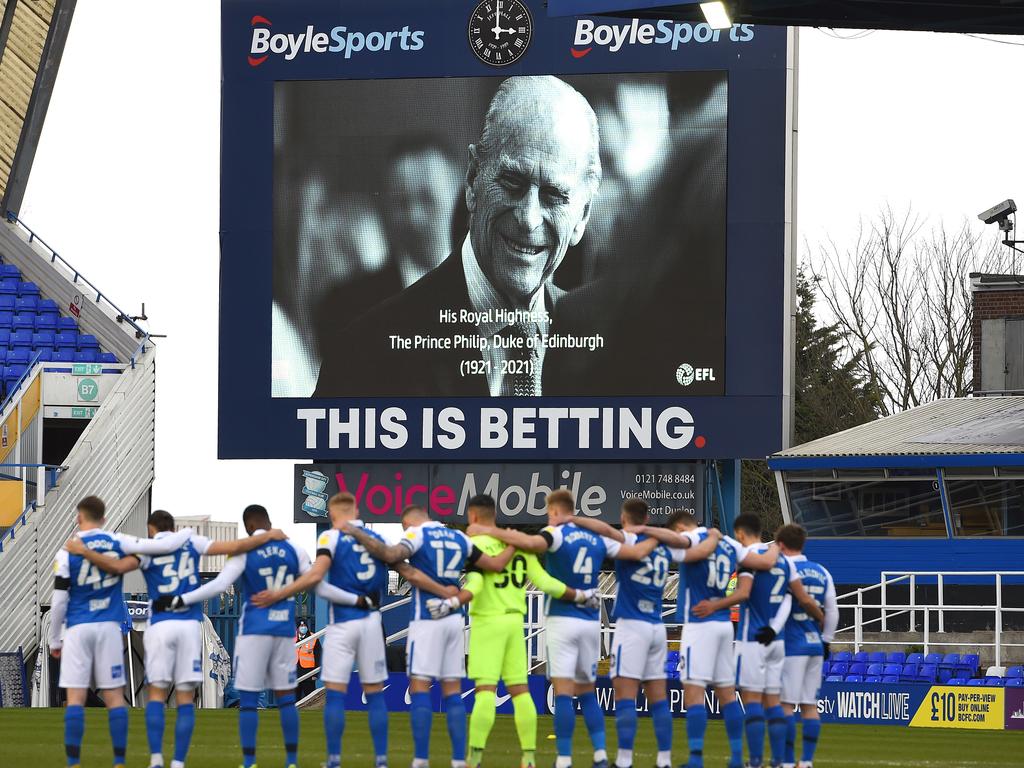
To join the conversation, please log in. Don't have an account? Register
Join the conversation, you are commenting as Logout